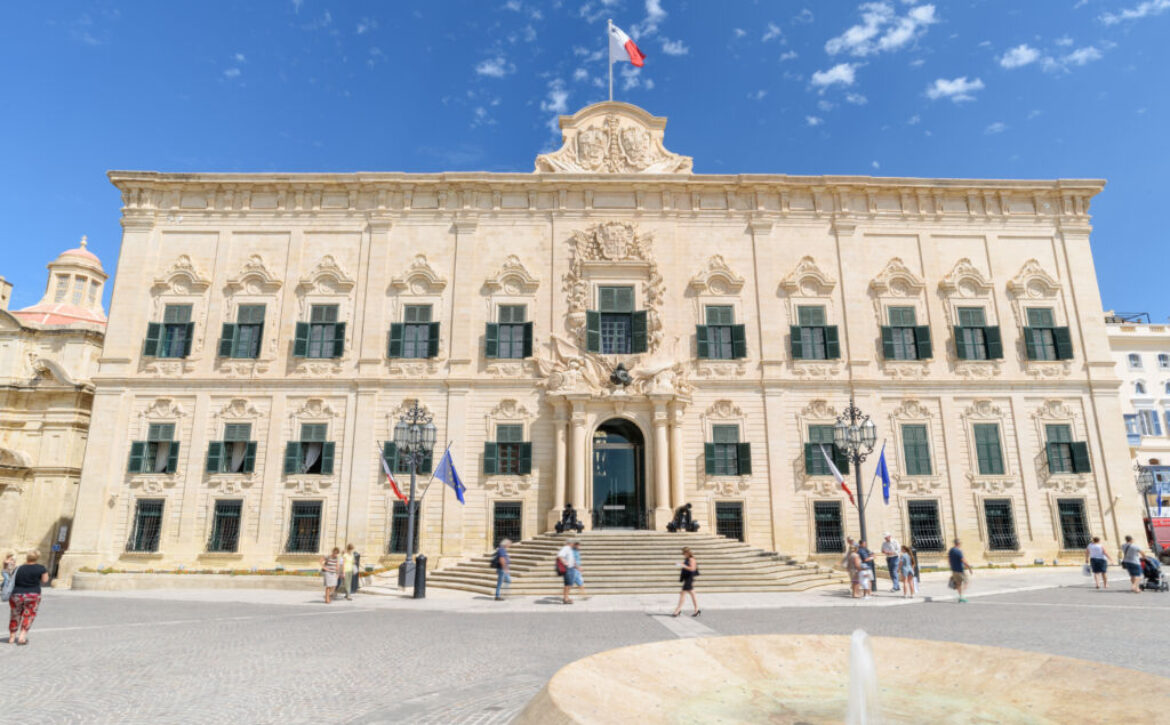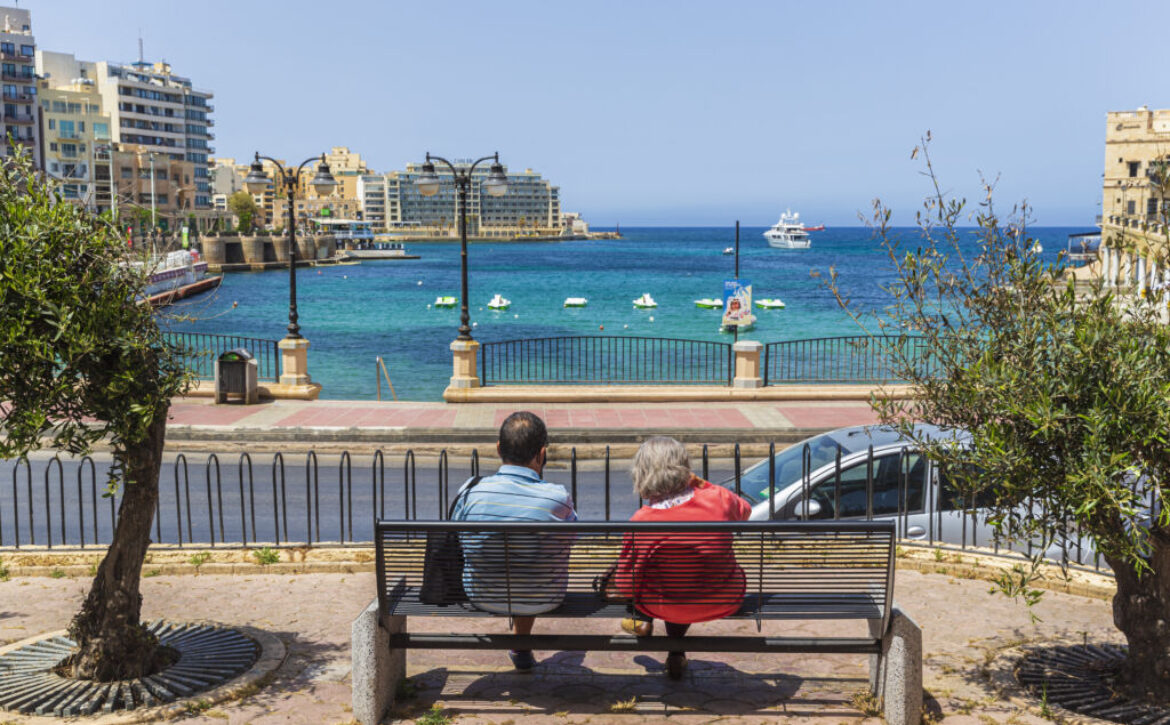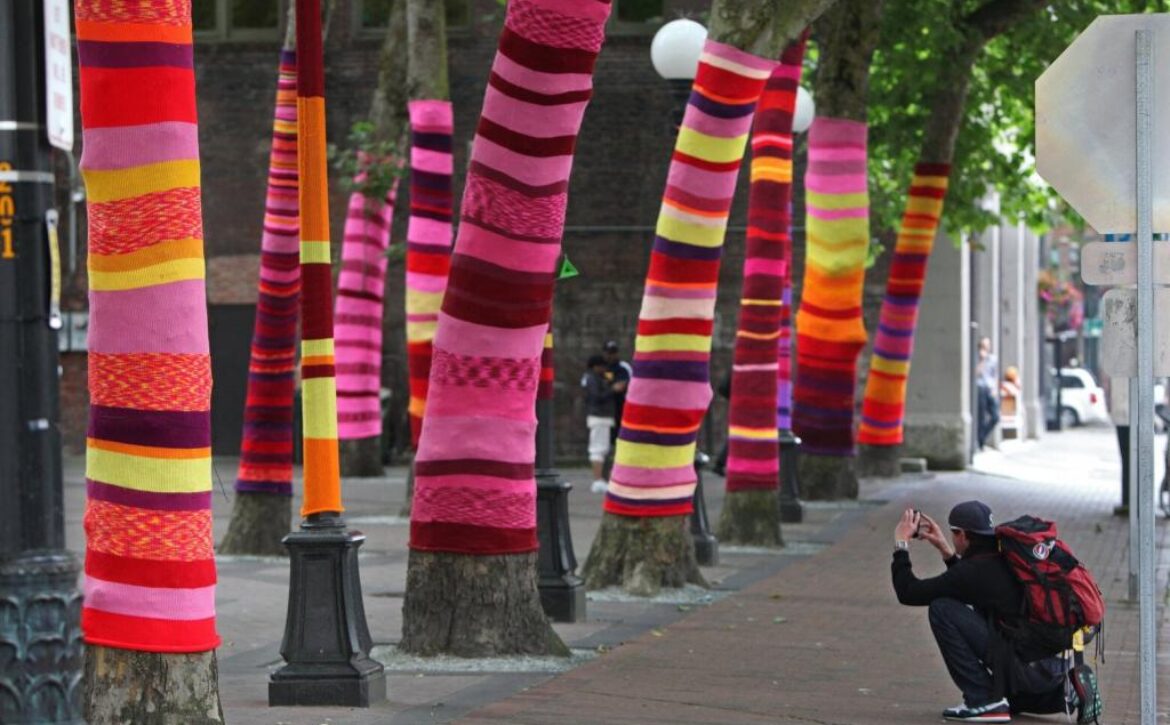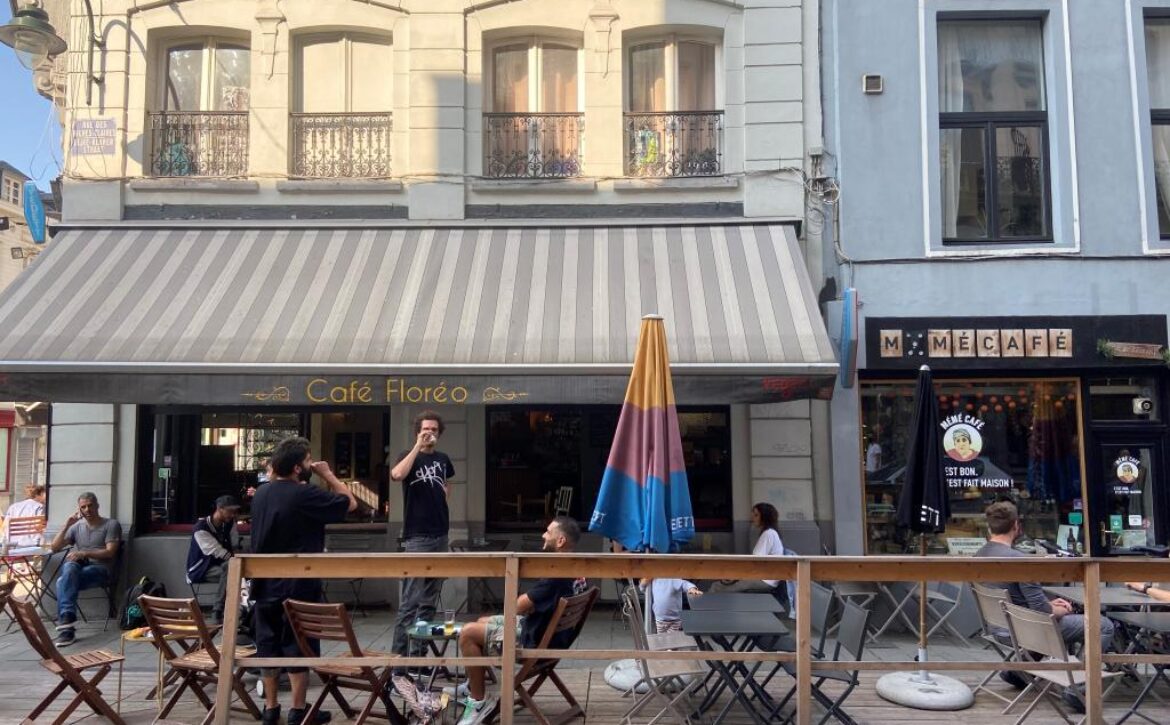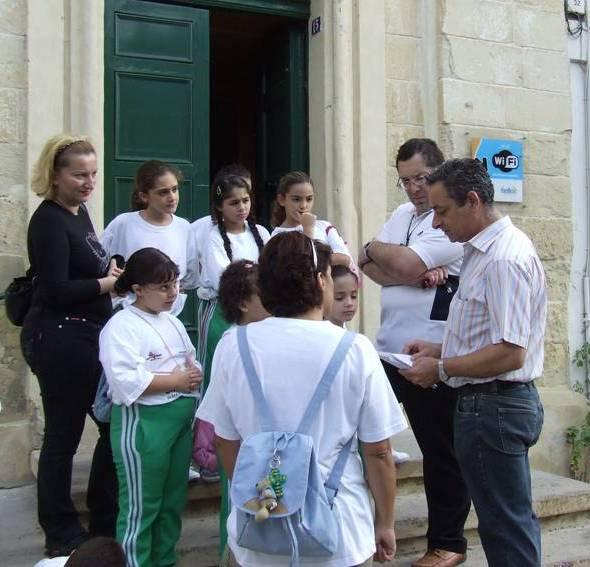Good Governance – Local Level
In 2019, 456 Councillors were elected in order to form 68 new Local Councils. This was after the population of every locality in Malta and Gozo voted to appoint their representatives on the local level.
Although we are talking about Local Councils and Councillors, they still have to work and operate responsibly. They need to realise that once they are working with the people’s money, they have to do so with good governance. What is this good governance that we hear so much about?
Good Governance
That one operates within the framework of good governance is something that comes naturally to those who work genuinely and with the best interest of those they represent. This is something obvious, no guidelines are needed for this principle to be embraced. Nonetheless, back in 2008, the Council of Europe embraced the decision of the Council of Ministers, with this decision being taken on 15th October 2007 in Valencia, Spain, where twelve principles for good governance were adopted.
In simpler words, good governance means that there must be responsibility and good conduct in matters related to the public and public management. The twelve guiding principles are:

- Representation and Participation
- Responsiveness
- Efficiency
- Transparency
- Rule of Law
- Ethical Conduct
- Competence and Capacity
- Innovation and Openness to Change
- Sustainability and Long-Term Orientation
- Sound Financial Management
- Human Rights and Diversity
- Accountability
This agreement was endorsed by all the member states of the Council of Europe, with the aim of strengthening the will to ensure that this key democratic principle is protected. Let us take a deeper look at the principles that form the basis of this value.
Representation and Participation
The first principle towards good governance is founded on the importance of free participation and an open democratic process. This is a process which must be worked on at the local level of that particular country. At this stage, citizens are the core and the centre of activity because they are directly involved in choosing their representatives. Every man and woman should make their voice heard in this democratic process and nobody should try to deny this fundamental right. This participation is based on freedom of expression. This also holds true for those who might feel less privileged or vulnerable, because in a process such as this, everyone is and should be considered as equal. In this whole process, while the will of the majority is carried out, one must also consider and respect the opinion of the minority.
Responsiveness
With responsiveness, reference is being made to the way the elected politician has to respond, in a way where the objectives, the rules, the structures and the procedures are adopted in a legitimate manner and as expected by citizens. Excess bureaucracy or reluctance to enact reforms or strategies which are beneficial to the population should not be allowed.
This is particularly true for public service, where we must ensure that this is served and performed. Apart from this, we must also ensure that citizens’ complaints are looked into within an adequate and reasonable amount of time, and that they are given a timely response.
Efficiency
This principle ties well with the prior principle. Efficiency means that there must be results for the objectives that have been agreed upon. This materialises by using the resources available in the best way possible, be they human resources or financial. There should be clear indicators of management so that it is possible to evaluate and measure the efficiency and effectiveness of the services offered. An auditing exercise should be done on a regular basis so that assessments can be made on what can be improved in operational matters.
Transparency
Every decision that is taken must be made within the framework of the regulations and the legal framework within which we are working. We must ensure that every citizen can freely access any type of information. This access must be available whether or not it is mandatory for it to be specified within the same regulations. At the same time, data protection must be ensured as required by law, such as in a process of competition for procurement. This helps foster trust between the Council and the residents because it would be clear to everyone that the intention of the Council is to put the best interests of the citizens at the forefront.
Rule of Law
We have heard a lot about this principle in the last few months, but it is perhaps only few who have managed to explain in a simple manner what these two words mean. Rule of law means that we must have trust in and follow what the law says and what is decided by our Courts. On the other hand, we must ensure that laws are being adopted in the same way for everyone, with impartiality and equality.
Ethical Conduct
That one behaves ethically is not listed in any law. There is what we call moral, fiscal and political ethics. The three of them carry different weight, but all three have the same importance. The common good must always come before personal interests. Ethical conduct should ensure that there are strong measures in place so as to leave no room for corruption. One must be clear when it comes to conflict of interests. These must be declared from the start and there cannot be any involvement of that person; not in the discussion of the subject, and even more so in the process of decision making.
Competence and Capacity
It is necessary that the abilities of those that have the power to act and bring about change are constantly strengthened. This is so that a superior and up-to-date service is always given. This should lead to the continued motivation of people, especially public officials, to continue improving the service they offer. Practices and methods to assess people’s ability should be maintained, resulting in capabilities that can lead to more efficient results.
Innovation and Openness to Change
New and efficient solutions are the answer to the problems that our residents frequently present to us. It is crucial that we are innovative in the way that we provide the service asked for, and we must always be open to change. Many times, even in a Local Council, you will find administrations that, due to a certain amount of experience and due to the adoption of the same systems that have always worked well in the past, are resilient to change and the introduction of new methods. A change in the mentality of leadership is not the easiest thing, but we have to ensure that we work in an environment where we are continuously encouraging and promoting the necessary changes. Yesterday’s problems deserve yesterday’s solutions. Today’s problems require a different and more flexible approach.
Sustainability and Long-Term Orientation
We need to ensure that in the policies we adopt we take into consideration the needs of future generations. The politics we adopt need to look to the future so that we can ensure the sustainability of the locality we reside in. The decisions we take cannot create tension or shift problems from one place to another, because we would be solving today’s problems without looking at what effect our decision will have in the long run. The decisions must be sustainable environmentally and structurally, as well as financially and economically. We need to be proactive and, in consultation with people, see what the needs for the future are. The social fabric must be protected, and most importantly, we must act in ways that guarantee that what is ours today will be enjoyed by those who will come after us. Therefore, we have to shoulder this responsibility and ensure that we act in this regard.
Sound Financial Management
We need to remember that we are operating with public funds. Therefore, each decision taken on spending needs to be in the best interest for everyone and, above all, to achieve the best result. Changing things just to increase the value of what we’re spending on does not justify the change. Neither is acting to reduce the cost by reducing the services on offer or by offering a mediocre service. Caution should be observed at all times, especially when it comes to decisions that will leave an impact on future generations; for example, borrowing, debt etc. The risks that we take need to be calculated and approved. No spending or borrowing can exceed the income of a Local Council. Therefore, it is crucial that there is a long-term business plan and that this is updated from time to time. The same for the financial estimates of the Council. Here, the question that needs to be made is this; “If this was my money, how would I act?”
Human Rights and Diversity
In the scope of local regulations, these rights are protected. This is not enough. As a local authority, we need to ensure that these are safeguarded and that they are implemented without any form of discrimination. Participation is necessary in order to be ready to tackle instances where this does not happen. Cultural diversity is an asset for every locality. Therefore, it is crucial that everyone has the opportunity to participate in the locality. This is especially important for those who are the most vulnerable in society. Social inclusion and integration are essential to have strong and tolerant societies. These are principles which should be protected at all times.
Accountability
Whoever finds themselves in a position to take decisions, whether it is collective or individual, needs to act responsibly when they take these decisions. It is important that every decision taken is backed up by evidence as to why it was decided. This information must be kept so that if there are any enquiries, the information is accessible in order to ensure transparency. There should be, and they exist, ways of how one can fight against decisions that have been taken secretly. These should be transmitted clearly to make them known, and they should be available to the citizen as well as to the competent authorities.
Conclusion
Without a doubt, if as elected councillors we keep these principles which assure good governance in mind, we will then have assurance that citizens are at the centre of our work. We will also be assured that citizens’ trust in our work will continue to grow and multiply. Participation will also grow and the public will have a sense of belonging in the locality. This sentiment will then help increase the collaboration between the Council and its citizens, and this will automatically result in fewer problems and more collaboration in the broadest sense possible.
Article by Mario Fava – President of the Local Councils’ Association
